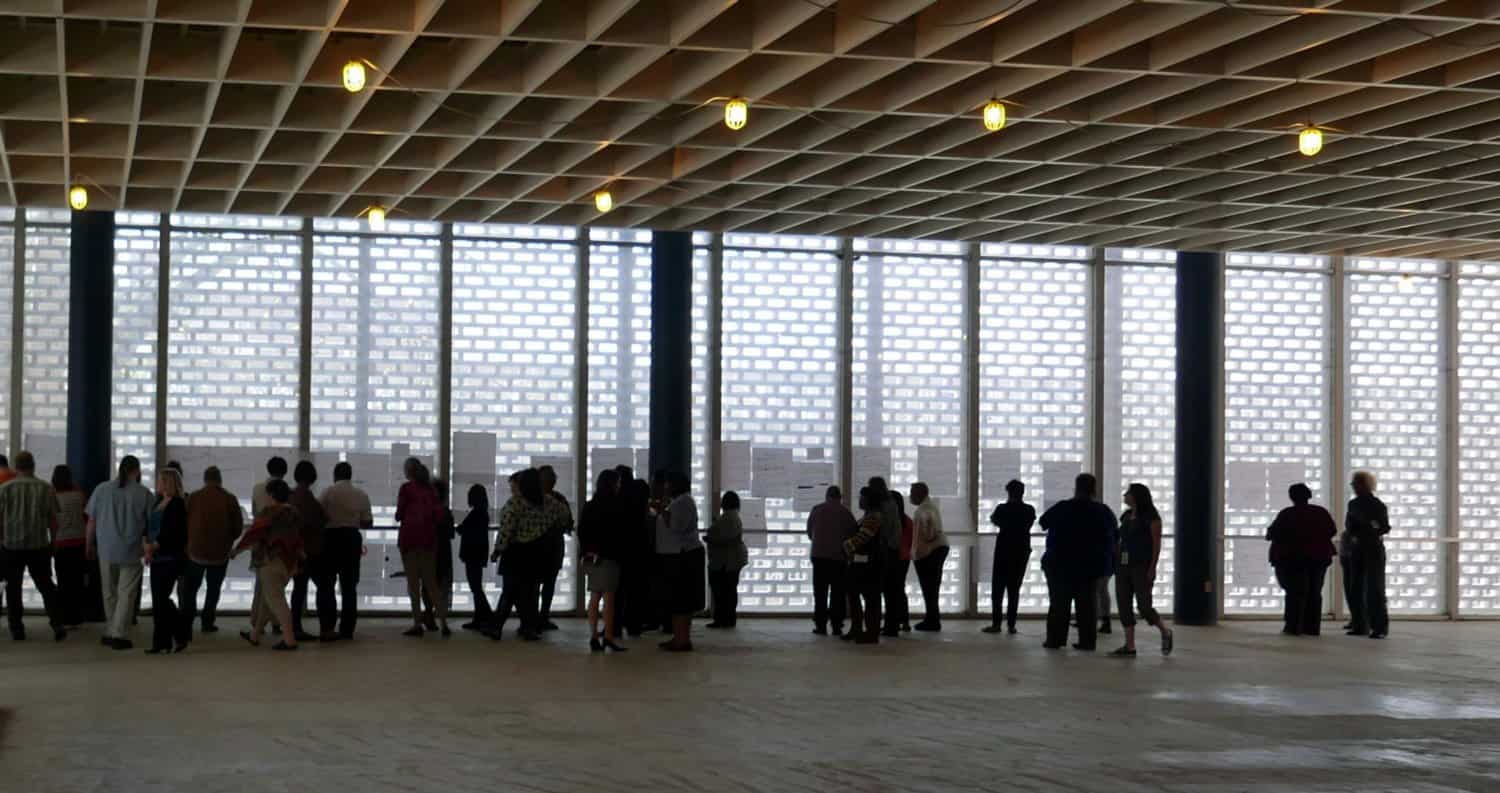
To be effective in any design discipline it is certainly necessary to master the universal methods of design. Whether you call these methods Human-Centered Design (HCD) or Design Thinking or invent some new term for it, the principles are always the same and they are incredibly useful, especially for innovation, even outside the domain of what is normally called “design.” Let’s call this the thinking aspect of design.
Effective professional designers also become connoisseurs within their chosen design medium, capable of detecting subtleties in designs, rapidly assessing consequences and weighing trade-offs among different design directions, rapidly switching perspectives, zooming between whole and detail, and tacking between a shopper’s hasty glance and an expert’s inspection. Let’s call this the crafting aspect of design.
But even this is not enough, if the goal is making real change in the world.
For that, a designer must progress beyond thinking and crafting, into the actualizing part of design. This requires understanding of the materials specific to their design discipline. This understanding is not only an explicit knowledge about materials, it also involves an implicit feel for the possibilities and constraints of materials, as well as fluency in the language which has formed around the material, often used by engineers and craftspeople.
This fluency is acquired less from talking than from hands-on experience. It is this that we mean when we say someone “knows what they’re talking about,” and it is crucial for winning the respect and active support of the collaborators who will help the designer actualize the design.
Some examples:
This brings us to an interesting question: What is the material of service design?
My answer is: The material of service design is organizations.
Designing services demands deep and extensive knowledge of how organizations work. The explicit part of this knowledge (the knowledge of MBAs) is far easier than the implicit part which takes years of experience collaborating with many disciplines working in many departments. It is not necessary to have the same level of knowledge as those who work in these departments. But the more a service designer can convey that they know what they they’re talking about when discussing the problems employees face every day in their jobs, the more the service designer can earn their respect and willingness to collaborate. Just as other design disciplines collaborate with teams of engineers and other types of experts to actualize their designs, service designers must enlist the involvement of entire organizations and get them to function as a massive multidisciplinary organizational engineering team. If anyone wonders why service design workshops tend to lean large, this is why.
The material of service design is organizations. If anyone wonders why service design workshops tend to lean large, this is why.
Great service designers will know the methods of Human-Centered Design inside and out. They will overflow with observations and opinions about good and bad services they’ve experienced or heard about, and they’ll probably talk your ear off about how these experiences came about and what they portend about their industries, etc. But the real test is what happens when they talk with front-line employees, managers and executives. If the conversation plunges into the deepest shop-talk, and everyone is talking what’s going on at work with the kind of intensity normally reserved for sports or scandal, you may be witnessing a talented service designer in action.